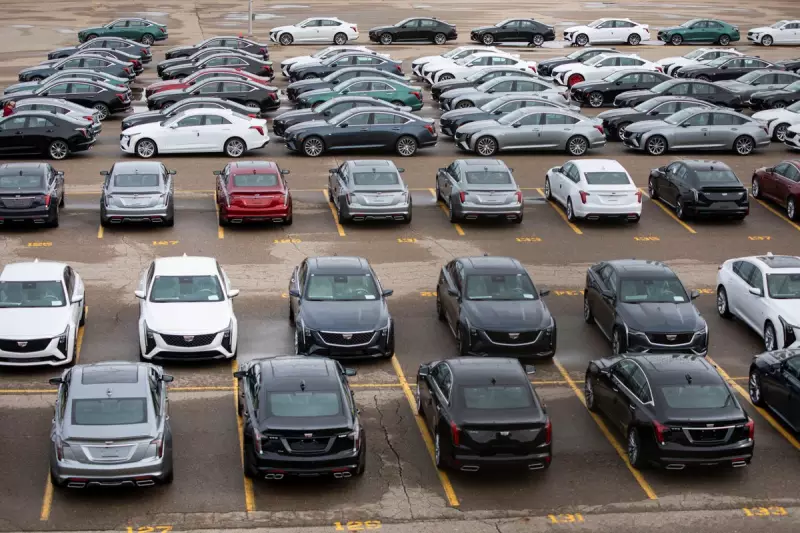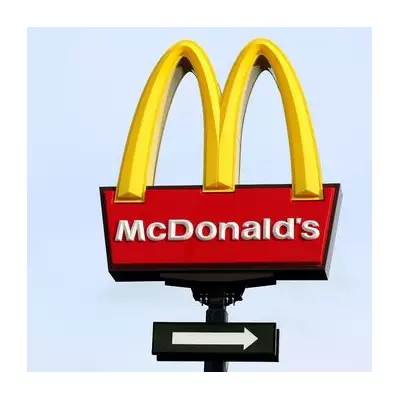
In a significant move that could ripple across the automotive industry, General Motors has announced sweeping cuts to its dealer incentive programmes. The American automotive giant is pulling back on financial support to dealerships as market conditions undergo a dramatic transformation.
Strategic Shift in Incentive Structure
The company confirmed it would be eliminating several key incentive programmes that have long supported dealer operations. This strategic pivot comes as the automotive sector navigates unprecedented challenges, from supply chain constraints to shifting consumer demand patterns.
The changes represent a fundamental recalibration of how GM supports its retail network, moving away from traditional incentive models that have characterised dealer-manufacturer relationships for decades.
Market Forces Drive Change
Industry analysts suggest this move reflects broader trends affecting global automotive markets, including:
- Persistent inventory challenges affecting dealership stock levels
- Changing consumer purchasing behaviours post-pandemic
- Increased pressure on profit margins across the supply chain
- Growing competition from electric vehicle manufacturers
"This isn't just about cutting costs—it's about reshaping the entire dealer relationship for a new automotive era," noted one industry observer.
Implications for Consumers
While the immediate impact falls on dealerships, consumers may eventually feel the effects through:
- Potential changes in vehicle pricing structures
- Altered negotiation dynamics at point of sale
- Modified financing and promotion offers
- Shifts in after-sales service and support
The move signals GM's confidence in its product portfolio and market position, suggesting the company believes it can maintain sales momentum without heavy incentive support.
Industry-Wide Implications
Other major manufacturers are likely watching GM's strategy closely, with many facing similar market pressures. Should this approach prove successful, it could trigger a broader industry shift away from traditional incentive models.
The automotive retail landscape appears poised for significant transformation, with manufacturers and dealers alike adapting to new economic realities and consumer expectations.





